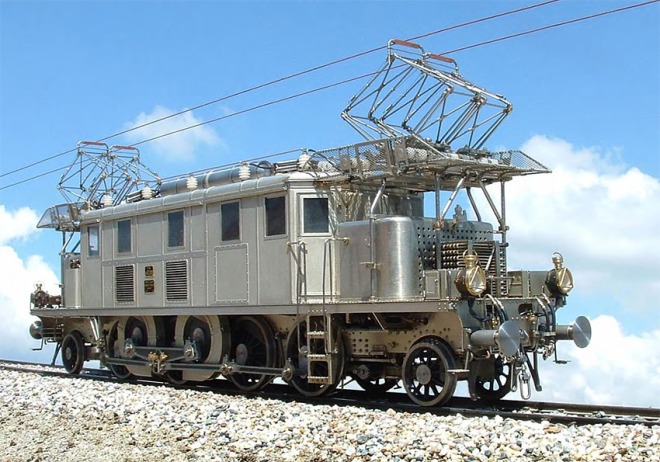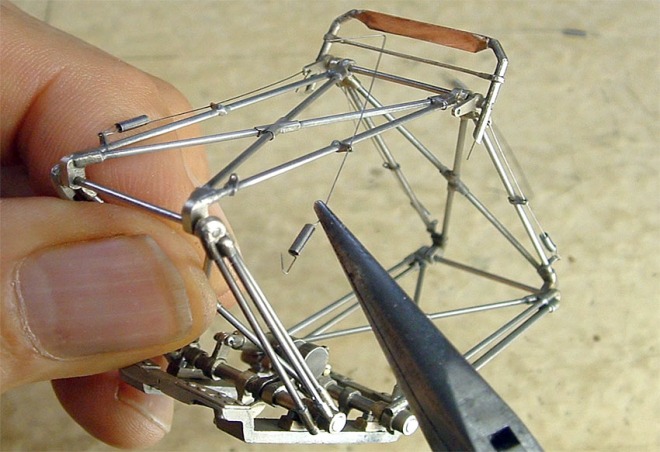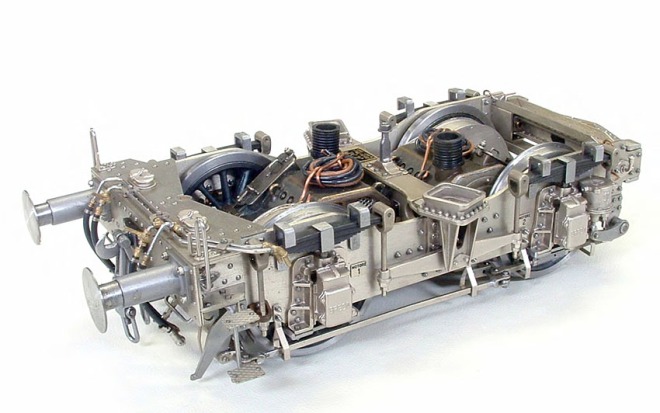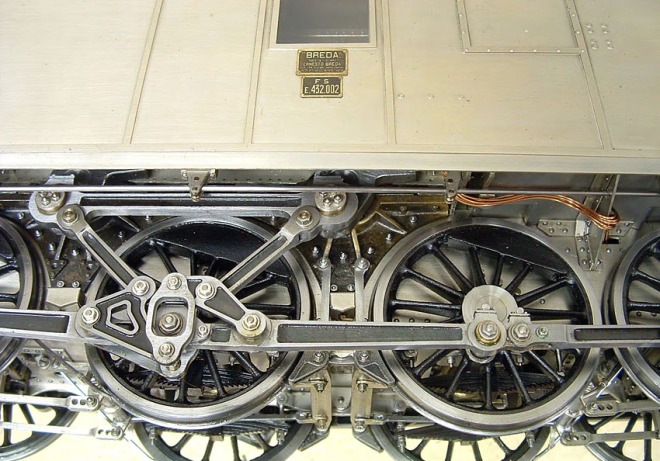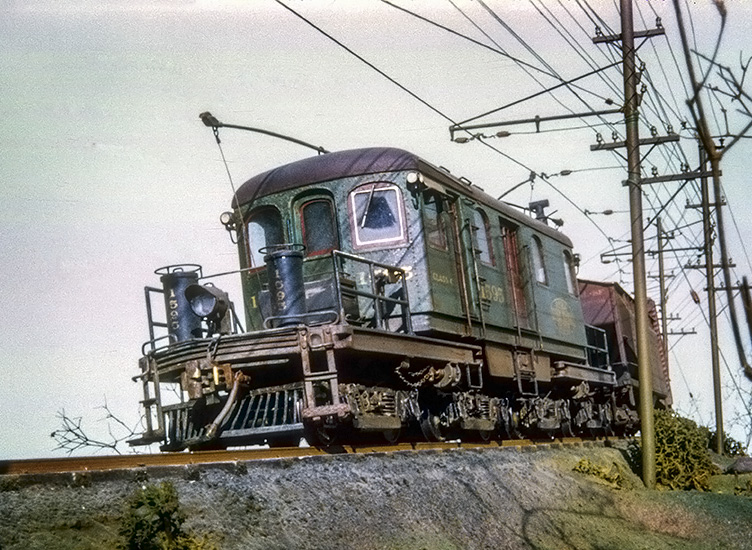With no posts in nearly two years and seven views the last week, it might seem a bit pointless to try and relaunch the blog, but here we go anyway!
The lack of postings doesn’t mean I have given up on modelling, far from it. But my time has been been divided between working on my 0m models and publishing the members magazine for the Norwegian society of model railroaders, MJ-Bladet. I have also spent more time on forum postings instead of the blog. You just can’t beat the instant feedback of the forums, and I can really reccommend the RMweb forums and the Narrow Gauge Modelling Online forums.
when it comes to Modelling I have divided my time between my meter-gauge models in 1/45 scale, and standard gauge models in H0. But it is more and more clear to me that it is the 0-scale models that are closests to my heart, and if it had not been for the camaraderie of the local model railway club, I would have dropped H0 scale entirely.
So be warned, what you are likely to encounter on this blog is scratchbuilt models of a rather obscure character. With the occasional digressions, of course!
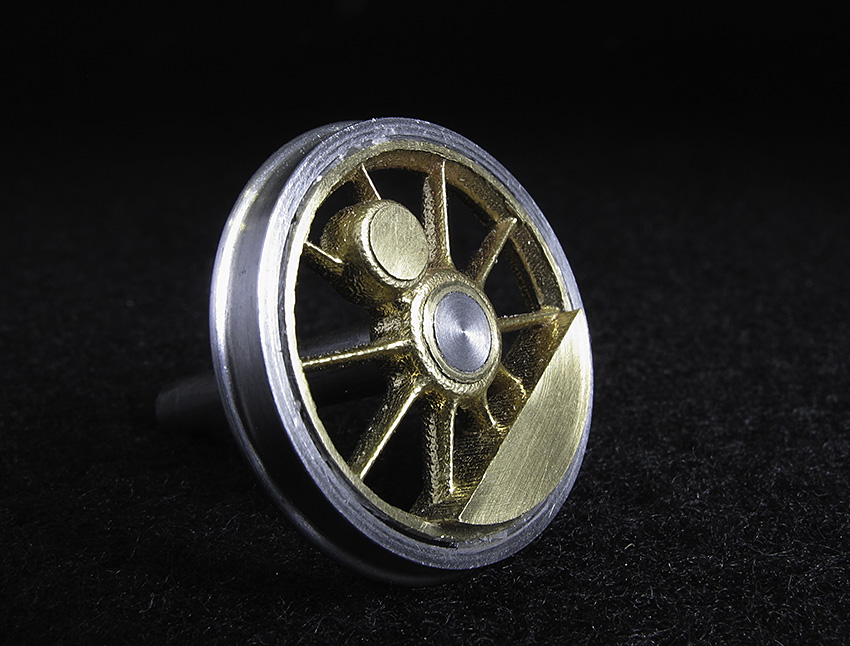
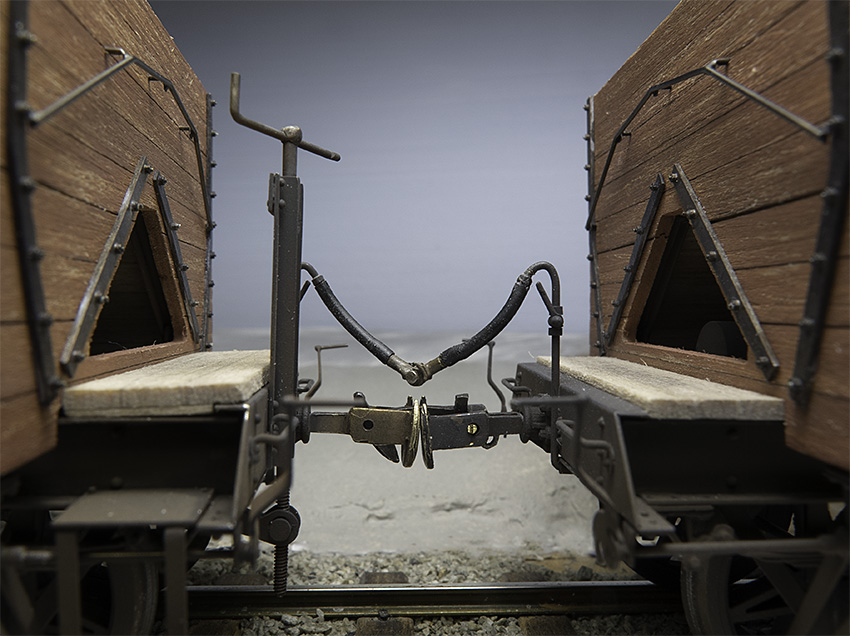
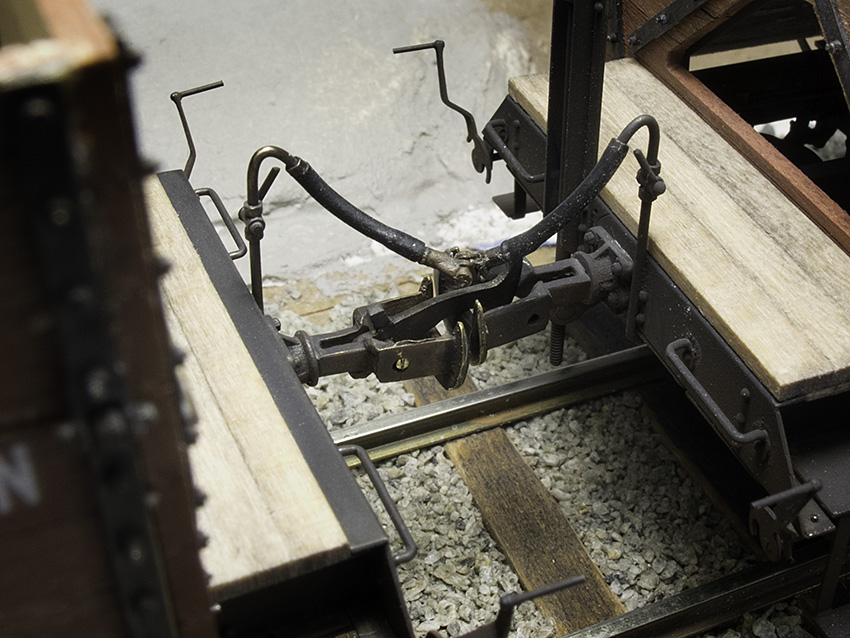
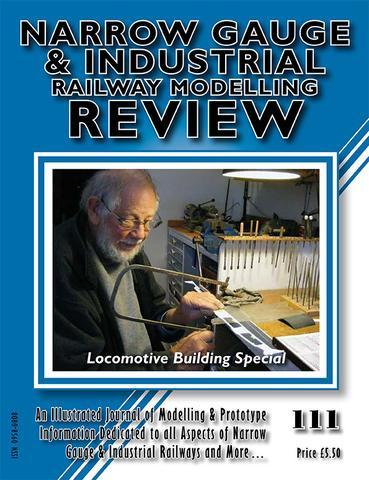
 As far as I know, I am the only person modelling the Thamshavn Railway in 0-scale. But this interesting model is solid proof that I am not the first. This model of TB engine no. 7 was part of the estate after one of Norways most profilic modellers. But he is not the builder, he had himself inherited the model from an unknown modeller. So it is a complete mystery who built this model. It is probably built in the sixties or seventies. Even in the unfinished state the craftsmanship is very impressing. I am suspecting that the builder had a professional background in machining. The standard of the work is so high that I considered buying the model and completing it. But in the end I concluded that the model should be left as it is out of respect for our unknown collegue.
As far as I know, I am the only person modelling the Thamshavn Railway in 0-scale. But this interesting model is solid proof that I am not the first. This model of TB engine no. 7 was part of the estate after one of Norways most profilic modellers. But he is not the builder, he had himself inherited the model from an unknown modeller. So it is a complete mystery who built this model. It is probably built in the sixties or seventies. Even in the unfinished state the craftsmanship is very impressing. I am suspecting that the builder had a professional background in machining. The standard of the work is so high that I considered buying the model and completing it. But in the end I concluded that the model should be left as it is out of respect for our unknown collegue.




